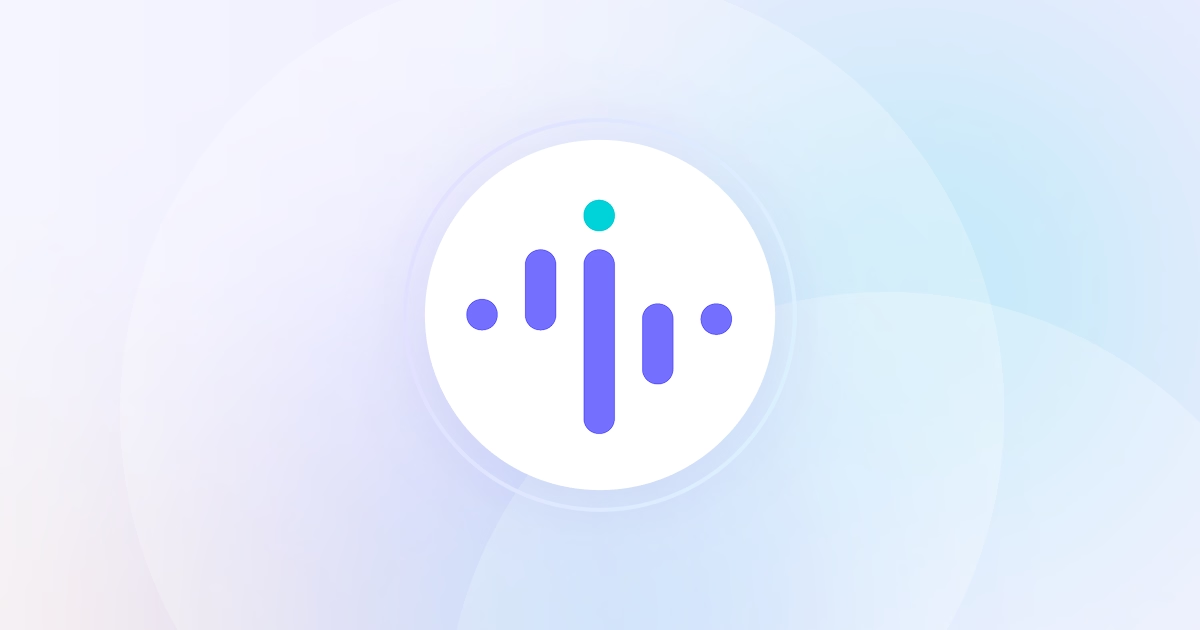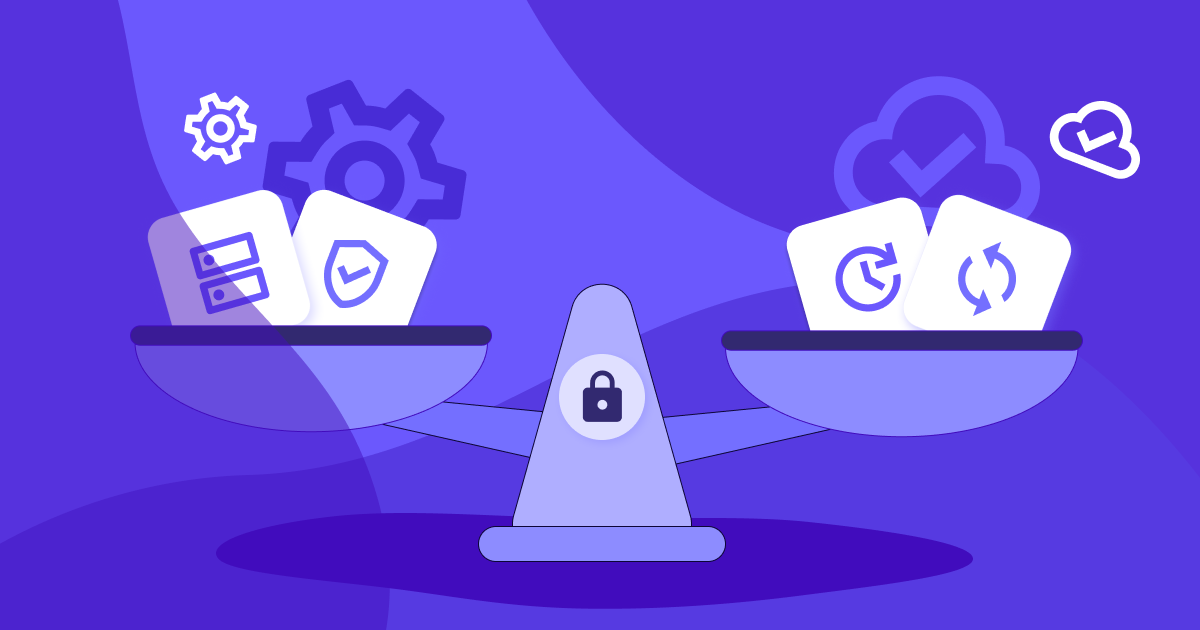From Focus Helmets to Focus Scores: The Strange Evolution of Productivity Tools

%20(1).png)

In this article, we’re going to discuss:
- How productivity tools evolved from bizarre gadgets to digital dashboards.
- Why the drive for focus often leads to performative (not productive) behavior.
- Where modern monitoring crosses the line from support into surveillance.
- What makes thoughtful systems different: tools that reveal patterns, not just track motion.
People have always gone to great lengths to increase their productivity. In 1925, Hugo Gernsback created The Isolator: a padded helmet with glass vision slits and an oxygen tube.
His goal was pure focus. His method was sensory deprivation wth a touch of suffocation.
Nearly a century later, the pursuit of peak productivity still results in extreme solutions, only now, most come in digital form.
The pursuit of focus has inspired inventions ranging from bizarre to borderline dystopian. This article walks through them, starting with history’s strangest focus devices. touching on today’s surveillance, and landing on what a truly modern approach to productivity looks like.
After reading, you’ll know how to recognize when “productivity tools” are just productivity theatre, and how to choose a supportive employee monitoring program that works.
_converted.avif)
A Historical Timeline of Bizarre Productivity Devices & Trackers
Humans have always been inventive about work.
Before modern dashboards and digital alerts, productivity meant building physical systems to force attention. What’s striking is not just how strange these tools were, but how much they reveal about the enduring belief that better output requires tighter control.
Here’s a tour through some of history’s oddest focus aids, from analog absurdities to dystopian systems:
Taylorist Time Clocks (1910s–1920s)
Long before software dashboards, factory managers used stopwatches and punch cards to squeeze seconds from labor. Under the influence of Frederick Taylor’s “scientific management” principles, early 20th-century workplaces installed time-tracking machines that monitored tasks down to the second.
Workers became data points in an unnatural, mechanical rhythm. They were clocked for everything from tool retrieval to bathroom breaks and even “idle posture.”
The hyper-efficiency they were hoping for instead resulted in anxiety. Taylorism laid the foundation for modern performance metrics. But it also showed how quickly measurement can tip into damaging micromanagement.
The Isolator (1925)
The Isolator was a full-head helmet lined with cork, designed to eliminate all distractions. Vision was narrowed to a small slit. External sound was muffled. Oxygen was pumped in through a tube to keep the wearer conscious.
It looked like a sci-fi fever dream. And that’s exactly what it was, a radical attempt to enforce focus by force.
Gernsback claimed it made users up to 95% more productive. He also admitted that most people could only wear it for 15 minutes before becoming drowsy. Like many productivity tools that followed, it overpromised, under-delivered, and misread what people actually need to do good work.
The Thinking Cap (1920s–1930s)
Long before “put on your thinking cap” became a metaphor, it was a literal accessory. These early 20th-century contraptions included wired bands and odd headgear designed to stimulate brainwaves or signal deep concentration.
Some versions aimed to ward off interruptions, a wearable “Do Not Disturb” sign. Others leaned into pseudoscience, claiming that tight headgear or mild electric pulses could enhance cognition.
There’s no real evidence that these early models worked. They were mostly symbolic, built on the belief that focus could be enforced by costume.
What hasn’t changed? The fantasy that focus can be manufactured, rather than cultivated.
The Writer’s Block Cage (Historical)
Long before browser blockers and timed lockboxes, writers found... other methods. Victor Hugo, deep in deadline panic, once gave his servant his clothes, ensuring he couldn’t leave the house until he’d finished writing. Other authors reportedly chained themselves to desks or locked their study doors from the outside.
These were not productivity systems. They were acts of desperation dressed up as discipline. Self-imposed confinement reflects a timeless impulse: if you can’t summon motivation, maybe constraint will do.
Panopticon Desk Concept (Mid-century to Present, Experimental)
Inspired by philosopher Jeremy Bentham’s 18th-century prison design, the Panopticon desk is a modern workplace experiment in maximum visibility. Picture glass cubicles, open layouts without partitions, or fishbowl-style setups where employees are always observable but never quite sure who’s watching.
While rarely implemented in full, versions of this concept have surfaced in corporate office design since the mid-20th century. The logic is clear: when people know they’re being watched, they behave. But that behavior often shifts from “focused” to “performative.”
As a productivity model, it leans heavily on pressure and optics. As a cultural signal, it says: trust is optional.
Other Modern Fixes for Focus
In the 2010s, Japan introduced the Anti-Distraction Helmet, a clear plastic dome worn over the head to block vision and muffle sound. It looks like The Isolator’s sleeker cousin, minus the oxygen tube. Marketed as a deep-work aid, it mostly resembled quarantine gear and missed the real distractions: stress and cognitive overload.
Around the same time, the Nap Desk emerged in Japan and Korea. This collapsible desk-bed hybrid lets employees nap under their workstations without leaving the office. It masquerades as care. But in practice, it reinforces the idea that rest is allowed, just don’t go too far. It gives workers a place to collapse, not recover.
In the late 2010s, Amazon’s Wearables drew headlines with wristbands that tracked hand motion in real time and vibrated when a worker reached the “wrong” way. Framed as time-saving tech, it felt more like a leash. Pavlov would’ve been impressed.
Each of these tools emerged from a different moment, but all reflect the same impulse: when attention falters, build a boundary. But boundaries aren’t the same as support.
The Surveillance Spiral: When Tracking Goes Too Far
The obsession with productivity hasn’t disappeared. It’s just changed form. Today’s productivity tools don’t look like helmets or cages—they look like dashboards, browser extensions, and silent background trackers. They map behavior, monitor engagement, and claim to turn digital activity into insight.
And in some cases, they do. But focus isn’t something you can brute-force out of a person. It’s not just about counting hours or flagging keywords. It’s about understanding how people actually work: what distracts them, what supports them, what rhythms help them stay engaged without burning out.
When tools forget that, things go sideways.
Face-scanning for “engagement.” AI parsing Slack for signs of fatigue. Inbox metrics that stand in for impact. These aren’t insights. They’re guesses, dressed up as certainty.
It’s not that the technology is malicious. It’s that without thoughtful design, clear boundaries, or real context, it reduces complex human behavior to red flags and bar graphs.
Here’s what that looks like when it goes too far:
- Zoom-based “emotion tracking”: Software that claims to detect boredom or fatigue from your facial expression. It doesn’t support focus but polices appearances.
- Message-mining tools: Systems that flag employees for using words like “tired” or “overwhelmed” in Slack. They don’t start a conversation. They run a silent scan.
- Always-on video: Some companies expect cameras to be on all day, claiming it boosts connection. But it often builds pressure, not presence.
- Scorecards without story: Ranking people by email output or meeting attendance, without context. It’s math pretending to be management.
- Live screen feeds: Tools that show exactly what someone is doing at every moment. It’s not coaching—it’s digital micromanagement.
Just because you have data doesn’t mean you have clarity. You can track every keystroke, message, and minute, but if you don’t understand what you’re looking at or how to translate it into coaching and support, you’re still in the dark.
This is how nuance gets lost. Productivity becomes a pattern of red flags, not real conversations. And management starts leaning on dashboards, not relationships. Focus doesn’t come from being watched. It comes from being understood. And if your tools can’t tell the difference, they’re not helping. They’re just replacing curiosity with control.
You Need Insight, Not Interrogation
Most tools track everything because they don’t know what matters. So they collect it all—clicks, keystrokes, webcam posture—just in case. But what managers really need isn’t more footage. It’s better signals.
The best employee productivity tracking software doesn’t try to force focus. They reveal how it happens naturally, uniquely, and sometimes unpredictably. They observe real behavior, surface patterns, and turn that into support.
Here’s what that looks like in practice:
- Track behavior, not just motion: Don’t just count clicks. Look at how time flows through the day. Which tools anchor focus? Where does attention fragment? Patterns—not pings—tell the story of productivity.
- See the person, not just the output: One person’s multitasking is another’s burnout. One person’s quiet is another’s deep work. Insight means knowing the difference and managing accordingly.
- Coach with data, don’t correct with pressure: Spikes in late-night work, frequent app-switching, or idle time aren’t red flags. They’re starting points for conversation. Coaching starts when surveillance stops.
- Design better work, not tighter controls: The point isn’t to squeeze more hours out. It’s to understand what conditions lead to better outcomes and replicate them teamwide. Insight helps fix the system.
Unlike traditional monitoring software, Insightful.io’s workforce monitoring software is built to reveal work patterns and behavior, not to surveil for the sake of it. It tracks how teams work—apps used, focus patterns, time allocation—but always with context, transparency, and intent.
Insightful doesn’t guess your mood or read your emails. It doesn’t assume every second needs policing. It shows how work unfolds—what tools pull focus, where time gets lost, and which patterns help or hurt.
Managers get signal, not noise. Employees get clarity, not pressure. And teams get to solve problems before they spiral. Because when you actually understand how people work, you can help them work better. No guesswork. No gimmicks. Just better decisions, built on real context.
When Monitoring Supports the People Doing the Work
Most monitoring tools are built to benefit managers. But when used with the right intent, the same data can actually make work better for employees by revealing the patterns that help people work smarter, not longer.
An employer monitoring software like Insightful offers real, practical advantages for employees:
- They reclaim wasted time by identifying unnecessary meetings, tool fatigue, and workflow drag, so people can focus during the day instead of catching up at night.
- They create fairer workloads by showing who’s overburdened and who’s underused, which helps prevent burnout and builds real team equity.
- They support autonomy by giving employees access to their own data, so they can recognize unproductive habits and make improvements on their own terms.
When used transparently and with respect, Insightful helps teams do better work, without forcing them to work harder. The following teams took that approach seriously. The result was healthier, more sustainable work.
Village Gourmet: Cutting Meetings, Not Corners
Before Insightful, Village Gourmet’s team looked busy—jammed calendars, nonstop meetings, long hours—but projects kept stalling. Employees felt scattered, overbooked, and constantly interrupted. Focus felt impossible.
Once Insightful’s productivity tracking tool surfaced the data, the problem was obvious: meetings were consuming huge blocks of the day. The team could finally see where time was going and why no one had enough left for deep work.
Leadership responded fast. They introduced “No Meeting Wednesdays,” shortened remaining meetings, and trained managers to protect time. The impact was immediate. Midweek productivity jumped to 90–95%.
And the team felt it. Those days were quieter, more focused, more rewarding. Instead of scrambling to catch up, people ended the day feeling accomplished. Insightful didn’t just reveal the issue—it gave everyone the clarity to reclaim their time.
FatCat Coders: Making Flexibility Real
At FatCat Coders, the goal was always flexibility. Founder Zoran Lazic built the company around trust, not timecards. But managing distributed developers without structure had its limits—deadlines blurred, check-ins dragged, and no one had a clear view of what was getting done or when.
Insightful didn’t bring surveillance. It brought answers. The data showed something surprising: most developers were hitting peak output in just six focused hours. Long days weren’t the standard—they were the exception.
So Zoran made it official. The company moved to a six-hour workday, restructured team rituals, and stopped rewarding presenteeism. Insightful became less about oversight and more about pattern recognition—helping the team fine-tune how they worked, not how long they worked.
Four years later, the results speak for themselves. The team is still remote. The output hasn’t dropped. And the workdays are shorter, calmer, and more sustainable. Insightful gave them the data to back the flexibility they believed in and the confidence to build a culture around it.
TRG: Preventing Burnout Before It Starts
TRG’s growth came fast, but unevenly. Some teams were overloaded, others underused. Managers were left guessing who was at capacity and who needed more to do. Employees felt the strain in all directions: overwork on one side, under-recognition on the other.
Insightful changed that. It gave operations a clear, real-time view into how time was spent across teams. They could see when workloads spiked, when hours stretched past healthy limits, and where disengagement patterns were emerging.
With that data, they redesigned how work was assigned. Upskilling closed gaps. High performers got breathing room. The risk of burnout stopped being invisible.
And the team felt the difference. Workloads evened out. Expectations reset. That quiet pressure to always do more started to ease. Insightful helped their people feel seen, supported, and set up to succeed.
From Helmets to Healthy Habits: See Work Clearly
We’ve tried helmets. We’ve tried cages. We’ve tried buzzers, badges, and bots that track our every move—all in the name of focus. But focus doesn’t come from force. And productivity doesn’t come from pressure.
What works? Clarity. Trust. Tools that help people understand how they work best, then get out of the way.
Insightful isn’t about catching people slipping. It’s about seeing how time flows, where friction hides, and how to build environments that support real, sustainable performance. For teams that want to do great work and feel good doing it.
Start your 7-day free trial or book a demo to see how Insightful helps you support focus without forcing it.

.jpg)
.jpg)
